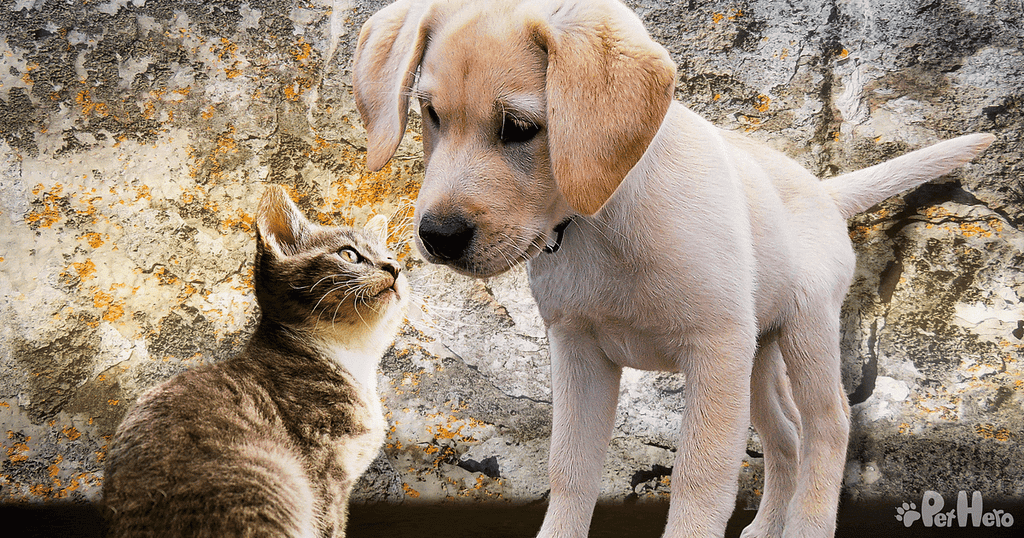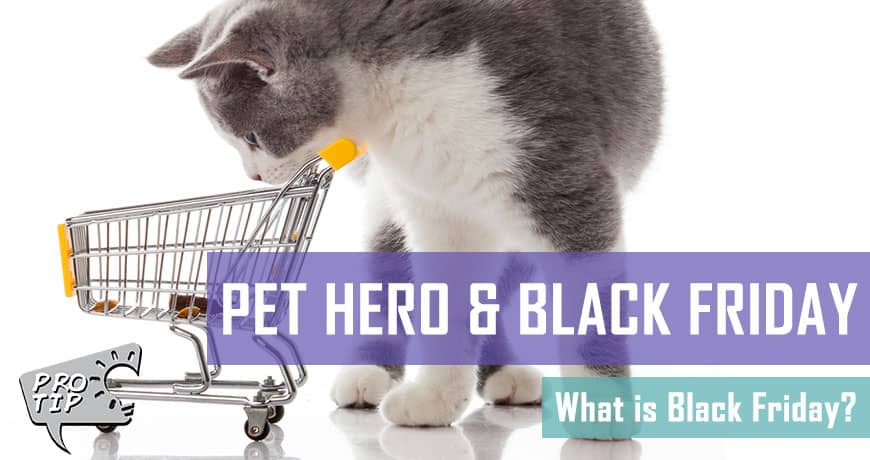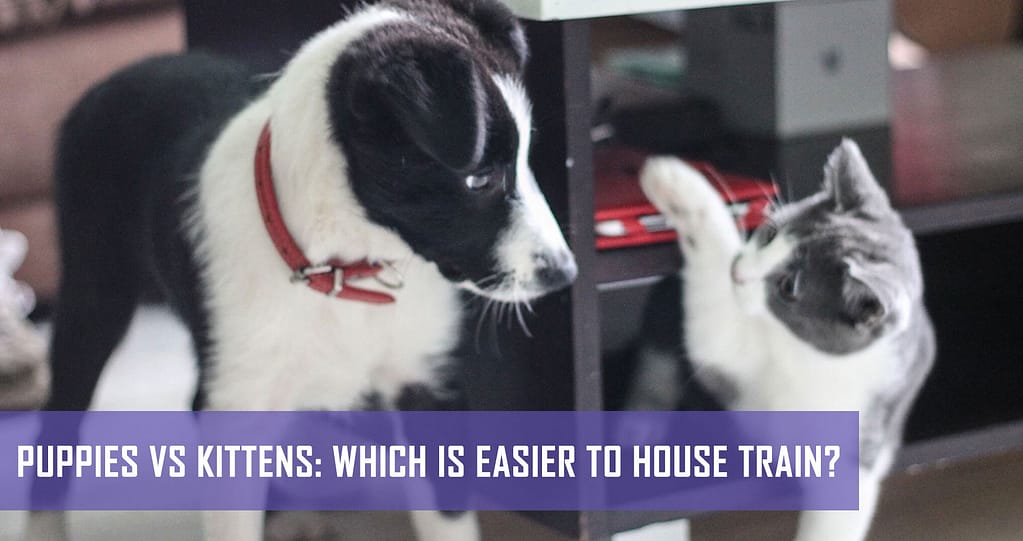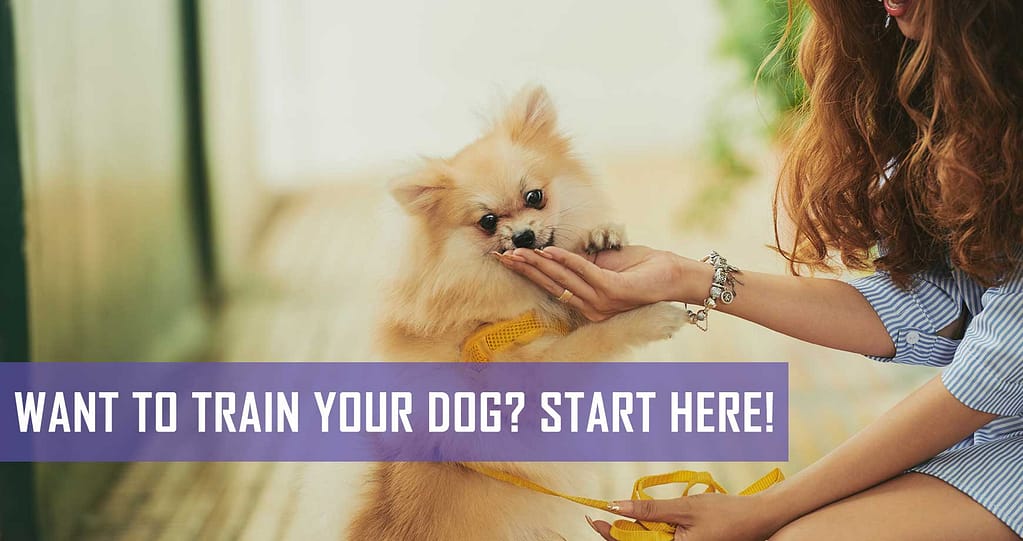Everything about getting a new puppy is exciting! Your puppy’s things are set up and ready for their arrival and after adoption day has come and gone, your pup is home and they are just the best! But the very next question is: How do I introduce my new puppy to other dogs? (or How do I introduce my new puppy to other cats? – if you’re a multi-pet parent). This can be a daunting process, but there are some practical ways to introduce your puppy to your other pets and ensure that everybuddy gets along just fine.
How long does it take for a dog to get used to a new puppy?
If your established dog is well-socialised and gets along with other furry friends right off the bat, you may have an easier time of it when introducing him to your new puppy. It’s impawtant to realise that all dogs will react differently to a new puppy playmate. Some dogs may match the high energy and enthusiasm of a new puppy, in which case they will relish the chance to engage with a rambunctious buddy. Let the play-bowing and butt-wiggling ensue!
However, most adult dogs will have calmed down and many might not tolerate that puppy exuberance. Each situation will be different and it’s up to you – the pet pawrent – to read both dog and puppy’s body language and to assess how the introduction is going. If your current dog needs a little more time to accept your new puppy, there is a lot you can do to help the process along. The first thing is to understand the dynamics of what is happening.
If your older dog growls or reacts temperamentally towards your new puppy, this does not make your older pet a ‘bad dog’. A young puppy still needs to learn how to ‘communicate in dog’ – so having an older dog tell him to calm down or back off is a good learning opportunity to instil some manners in your puppy. However, keep an eagle eye on these early interactions, and intervene before any biting or fighting can take place.
Meet on neutral ground
Do dogs get jealous of new puppies? They probably will, so how should you introduce your new puppy to your other dog/s? Dogs – especially those who are loved, doted on and given loads of attention – can be territorial and wouldn’t normally accept a new ‘intruder’ in their space who is going to demand a share of your attention! Your new puppy shouldn’t be seen as a threat to your established dog’s status. This is why it’s best to meet on neutral ground: on a walk, at the park, or somewhere that won’t trigger your dog’s possessiveness.
This neutral ground should be somewhere quiet with minimal distractions so that the dog and puppy can meet in a stress-free environment. Enlist a friend or partner to help you – someone who also understands how important these new meetings are, and how to read doggy body language. If your older dog is happy and enjoying the puppy’s company, they will be playful and relaxed, but if they’ve had enough, you should be able to read the signs and give your dog space from the bouncy puppy.
Use positive reinforcement to help them bond
Reward your dog with healthy treats for each positive reaction he has to his new puppy friend. Praise him for remaining calm or play-bowing or simply just being relaxed and happy in the presence of the new puppy. This will teach your dog that the puppy’s presence is positive and that this is where treats can be earned with good behaviour! Also reward your new puppy each time they respect your dog’s space and behave appropriately. This is a great opportunity to start your puppy’s positive association with treats and good behaviour – a very necessary link for when you begin obedience training.
Go for a walk together
There’s one thing that most dogs enjoy almost as much as treats – and that’s going walkies. Assuming your older dog’s leash manners are in place and he doesn’t pull or get defensive on the leash, take him for a nice relaxed stroll. Enlist the help of a friend or partner to walk your puppy on a leash and walk the puppy nearby (your puppy’s leash manners are not the priority here, but this is a good oppawtunity to get puppy used to being on a leash). You will cross paths now and again so that your dog can sniff your new puppy’s trail and vice versa. If both dog and puppy are relaxed, gradually walk them closer together and let them meet.
Similar to meeting on neutral ground, a leash meeting should take both dog and puppy’s body language into consideration. And if they remain relaxed and happy (allow them to be curious, but not to challenge each other), reward them with treats and praise so that they associate each other with a positive experience.
Meeting and interacting at home
No matter how well the neutral meeting and the leash meeting go, you and your dog and your new puppy will eventually need to go home and live happily ever after. It’s especially important to get your dog used to your new puppy in your home environment without feeling like he’s getting the short end of the stick.
Whether you introduce your puppy to your dog at home or whether you introduce them on neutral ground and come home together, it may help the adjustment process if your dog and your puppy have their own space that they can be separated in for the first few weeks or months. (Each dog and puppy will be different, and how long they take to get used to each other will vary, depending on their own dynamic). Use a baby gate to separate your dog and puppy, which still allows them to see and sniff each other during the times they are separated.
The same rules apply at home:
- supervise their interactions
- keep an eye on their body language and respond appropriately
- reward your dog and new puppy with treats and praise when they interact positively
- if your older dog wants a break from your new puppy, notice the signs and take him to his part of the house where he can be on his own
Other ways you can support the dog-puppy meeting process
- Puppies are usually full of beans and energy, which is difficult for adult dogs to match. Before your dog and your new puppy interact, take your puppy for a walk or exercise him to use up some of that excess energy. This will help your puppy to be a little calmer during playtime with your older dog.
- Buy your puppy his own bed, food and water bowls, toys and other accessories. Even if your dog is not possessive or doesn’t try to guard his resources, it’s best to not encourage possessiveness or jealousy. Give each furry friend their own stuff; feed them from their own food bowls; and let them sleep and rest on their own bed in their own space.
- In the first few weeks, separate your dog and puppy during mealtimes. This way they know they do not need to compete for food. If your puppy is a voracious eater and finishes his food fast, then wants to eat your older dog’s food, DO NOT let him learn this bad habit (the same goes for the other way around). Aside from this being bad manners by the offending dog, it can also cause the other dog to growl, snap and bite each time the bully comes close to their food bowl. This is especially dangerous if you have young children who want to ‘feed’ your dog or puppy by hand. By separating dog and puppy when they eat, you are giving each one space but also teaching them boundaries. Gradually let them eat closer together – first separated by a baby gate, which allows them to see each other, but not have contact – and eventually they should be relaxed enough to eat in the same vicinity without experiencing any competition for resources.
If either your dog or your new puppy eats too fast, you can buy them a ‘slow feeder’ bowl or a snuffle mat, which encourages them to slow down, chew properly and also realise that the food in their bowl isn’t going anywhere – they can relax.
How to introduce your new puppy to your cats?
If you have established cats at home and want to introduce a puppy to your multi-pet household, the same rules of respect and reward apply, but your cats may need more time for adjustment. After all, your cats are the rulers of your kingdom; they may not readily accept a new canine friend without a serious chat with you first!
Walk and play with your puppy before making feline introductions, to ensure your new puppy is calm and not overstimulated. In this instance, matching the energy of your cats is important. Do not force your cats to interact with the new puppy. It may be a good idea to place your puppy in a crate or playpen and allow your cats to choose the pace and intensity of interaction with the pup. If your puppy is overstimulated and wants to treat your cat/s like a puppy toy, rather give him a chew toy or a snack to gnaw on. This will give your cats the space to sniff and investigate without being overwhelmed by an energetic puppy!
Reward your puppy for good behaviour, and reward your cats for staying calm and respectful (and not bullying your puppy). With enough patience and persistence, cats and puppy will together learn that they are all part of your little purry and furry family.
Is it okay to introduce your new puppy to other dogs?
It is important for your new puppy to have experiences with other dogs and to socialise regularly, but this does NOT make it okay to approach every dog you see and expect a friendly greeting… from the dog or her owner! When in public with your puppy, the number 1 rule is to keep him on a leash and under your control. The number 2 rule is that if you want your puppy to go up to another dog, you must ask the other dog owner’s permission. Just because your puppy is friendly/submissive/needs to socialise does not mean that every other dog and their owner are amenable to your puppy’s approach.
If you want all of the benefits of puppy socialisation without the potential rejection from strangers walking their dogs, your best bet is to take your new furry friend to puppy school. This will give him the chance to regularly meet a range of other furry friends and learn his social manners in a safe and focused environment.
Pet Hero is all about that pet-friendly life, which is why we provide our pet heroes with info and advice on giving your pets their best lives pawsible! Sign up for our newsletter and get more valuable content delivered straight to your inbox! We’ll also send you a heads-up for every sale, promo and competition to make sure you’re in line for awesome deals and petacular goodies!







